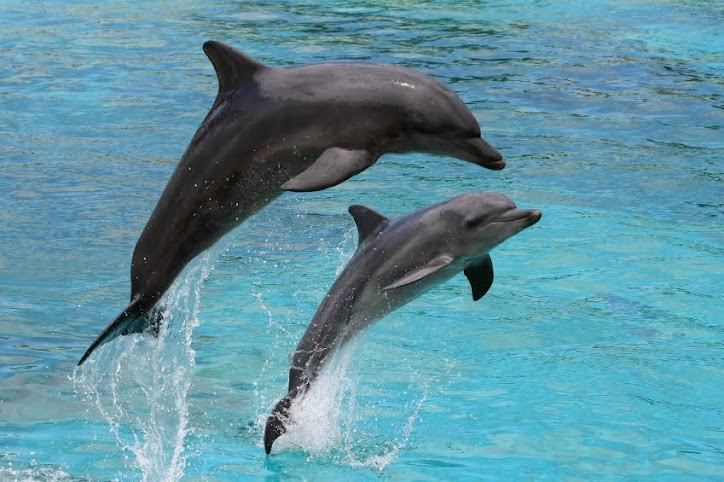At the psychodynamic level the relationship between leaders and members is determined by the group imago, and based on the implicit script based expectations of both leaders and members.
Each of us has learned about leadership and membership in our first experience of group, which is usually our family of origin. This is the domain in which we create our first script beliefs, about leadership and membership. These colour our group imagoes until they are decontaminated and clarified.
The leadership focus at this level is on managing the culture and on clarifying the group imago to minimize the archaic influence on actual performance. This is done through a continuous process of decontamination of the leadership-membership relationship.
Berne (1964) defined three elements of organizational culture : the etiquette, techniques and character of a culture as introjected and experienced by the individual (Drego, 1983).
Figure 7. Organizational script matrix
In our archaic scripts the leader is seen as omnipotent. In the process of decontamination the leader has to become more of a delegating mentor, to gradually create a culture of realistic expectations, competency and participative leadership.
Conclusion
Leadership is a position in the organizational structure, a relationship in the relational structure and an imago in the psychodynamic structure of organizations.
All the levels of leadership are active at the same time, and require a different focus.
In the organizational structure leadership is focussed on managing the permeability of the boundaries, and can be likened to be being a boundary DJ with a three slide mixing panel
In the relational structure leadership is focussed at increasing cohesion, to counter act any disruptive pressure, agitation or intrigue. Leadership at this level is focussed on improving the relationships within the organization by balancing the rewards and costs of membership.
In the psychodynamic structure leadership is focussed on clarifying the group imago and decontaminating archaic transferential processes on leadership. Leadership at this level is preoccupied with creating and maintaining clear communication and a healthy culture of performance.
Leadership is most powerful when all three levels of leadership are managed in a congruent way.
For more information go to : www.intact1.com



